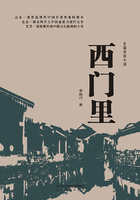When, in March, 1832, the first volume of the now famous Contes Drolatiques was published by Gosselin of Paris, Balzac, in a short preface, written in the publisher's name, replied to those attacks which he anticipated certain critics would make upon his hardy experiment. He claimed for his book the protection of all those to whom literature was dear, because it was a work of art--and a work of art, in the highest sense of the word, it undoubtedly is. Like Boccaccio, Rabelais, the Queen of Navarre, Ariosto, and Verville, the great author of The Human Comedy has painted an epoch. In the fresh and wonderful language of the Merry Vicar Of Meudon, he has given us a marvellous picture of French life and manners in the sixteenth century. The gallant knights and merry dames of that eventful period of French history stand out in bold relief upon his canvas. The background in these life-like figures is, as it were, "sketched upon the spot." After reading the Contes Drolatiques, one could almost find one's way about the towns and villages of Touraine, unassisted by map or guide. Not only is this book a work of art from its historical information and topographical accuracy; its claims to that distinction rest upon a broader foundation. Written in the nineteenth century in imitation of the style of the sixteenth, it is a triumph of literary archaeology. It is a model of that which it professes to imitate; the production of a writer who, to accomplish it, must have been at once historian, linguist, philosopher, archaeologist, and anatomist, and each in no ordinary degree. In France, his work has long been regarded as a classic--as a faithful picture of the last days of the moyen age, when kings and princesses, brave gentlemen and haughty ladies laughed openly at stories and jokes which are considered disgraceful by their more fastidious descendants. In England the difficulties of the language employed, and the quaintness and peculiarity of its style, have placed it beyond the reach of all but those thoroughly acquainted with the French of the sixteenth century. Taking into consideration the vast amount of historical information enshrined in its pages, the archaeological value which it must always possess for the student, and the dramatic interest of its stories, the translator has thought that an English edition of Balzac's chef-d'oeuvre would be acceptable to many. It has, of course, been impossible to reproduce in all its vigour and freshness the language of the original. Many of the quips and cranks and puns have been lost in the process of Anglicising.
These unavoidable blemishes apart, the writer ventures to hope that he has treated this great masterpiece in a reverent spirit, touched it with no sacrilegious hand, but, on the contrary, given as close a translation as the dissimilarities of the two languages permit. With this idea, no attempt had been made to polish or round many of the awkwardly constructed sentences which are characteristic of this volume. Rough, and occasionally obscure, they are far more in keeping with the spirit of the original than the polished periods of modern romance. Taking into consideration the many difficulties which he has had to overcome, and which those best acquainted with the French edition will best appreciate, the translator claims the indulgence of the critical reader for any shortcomings he may discover. The best plea that can be offered for such indulgence is the fact that, although Les Contes Drolatiques was completed and published in 1837, the present is the first English version ever brought before the public.
London, January, 1874















